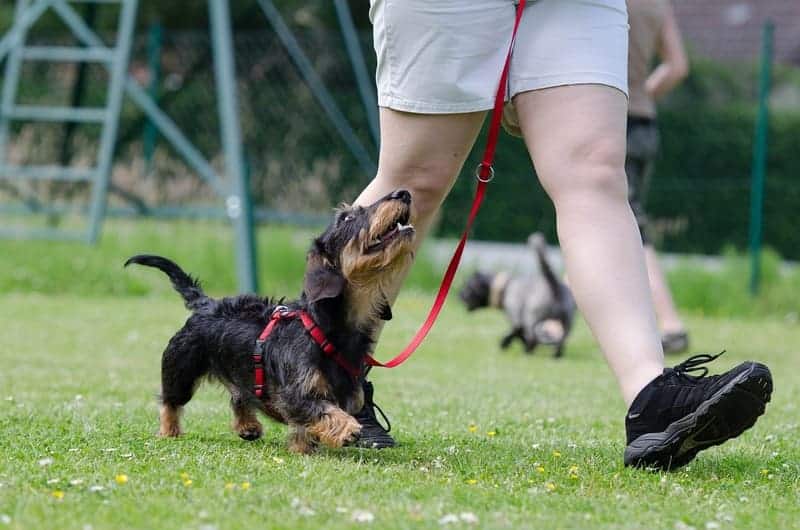Training your pet from day one is one of the most important steps to raising a well-behaved, happy companion. Pet training lays the foundation for a strong bond with your pet. and also ensures safety both in public spaces and at home. This training will help your pet respond to commands that can prevent dangerous situations. Let’s now discuss some important training tips for new pet owners.
Set Clear Boundaries from Day One
Establishing boundaries with your new pet is super important for creating a structured environment. Just like people, pets thrive when they know what’s expected of them. Setting boundaries early on during pet training will help your pet understand what behaviors are acceptable and which ones aren’t.
The fact that inconsistency confuses pets cannot be stressed enough. If one day they’re allowed on the couch, but the next day they’re not, they won’t understand the rules. Keeping the same boundaries will help avoid frustration and reinforce the behaviors you want.
The Power of Positive Reinforcement
Positive reinforcement is one of the most effective pet training methods you can do. It’s become increasingly popular in recent years thanks to its straightforward concept. You reward your pet for good behavior which then encourages them to repeat it. An important note is that these rewards don’t have to be treats. Rewards in pet training can be anything your pet loves, from treats and praise to even playtime with a favorite toy.
It’s so important that you understand that timing is everything in positive reinforcement training. For this pet training method to be effective, you need to reward your pet as soon as it performs the behavior you want. Do your best to avoid over-rewarding your pet or using treats as bribes as this will cause pets to lose interest in their reward or even cause you to accidently reward the wrong behavior.
Exposing Your Pet to New Environments and Situations

Socialization is another crucial aspect of raising a well-behaved pet. By exposing your dog to different environments, people, and other animals early on in their life, you help them develop confidence and reduce the likelihood of fear or aggression.
The key to successful socialization is gradual exposure. Start with controlled environments and introduce your pet to new situations slowly. Take them to different places, like parks or pet-friendly stores, and let them meet various people and animals at their own pace. Monitor their body language closely—if they seem stressed or fearful, slow down and give them space to adjust.
Crate Training: Making It a Safe Space for Your Pet
Crate training has a wide variety of benefits including providing safety, establishing a routine, and reducing anxiety for your pet. When used correctly, crates can be a safe haven where your dog can retreat when they feel tired or scared.
Introducing your pet to a crate should always be done in a positive way. The best way to start is to place treats or your pet’s favorite toys inside the crate. Additionally, it’s best to leave the crate door open at first as this allows them to explore at their own pace without pressure. Once they seem comfortable, you can increase the time your pet spends inside the crate. What type of crate you should get depends on what size your pet needs and what you can fit in the space that you have. There are plastic, metal, and wood dog crates, and ones that are meant more for sleeping while others have a lot more room.
It’s extremely important to never use a crate as a form of punishment. Doing so turns it into a place of fear rather than comfort. With patience, crate training can ease housebreaking and help curb undesirable behaviors when your pet is unsupervised.
Wrapping Up
Starting training early and maintaining consistency are essential to raising a well-behaved pet. Patience and positive reinforcement are your best bet during the process. This builds trust and understanding. Stay committed, and remember that while pet training takes time, the long-term rewards of a happy, well-mannered pet are worth it.




